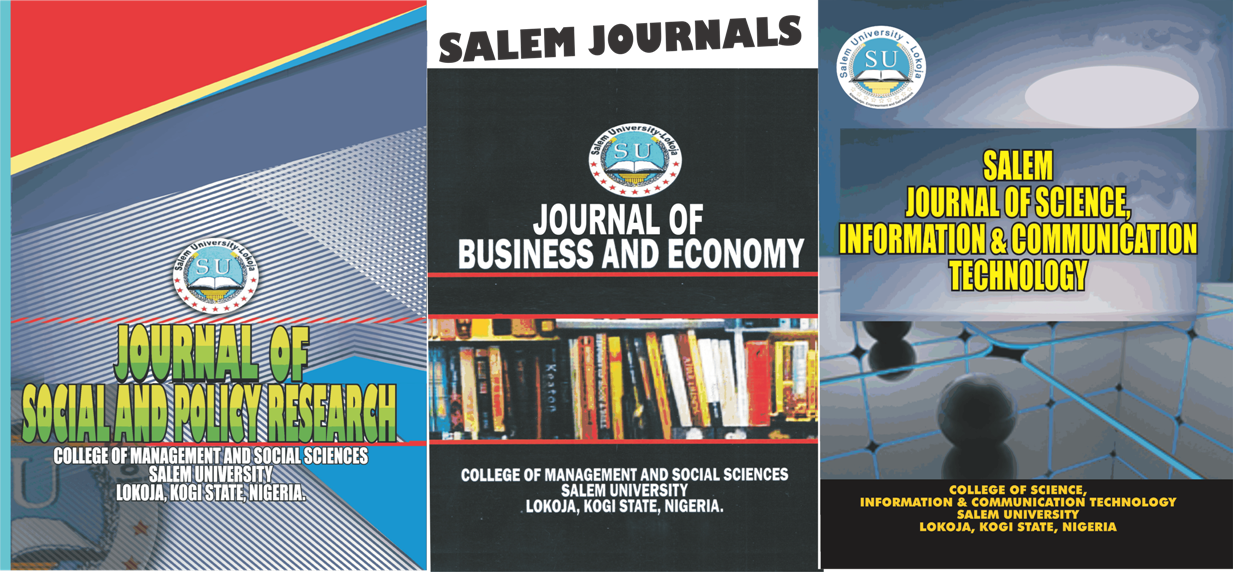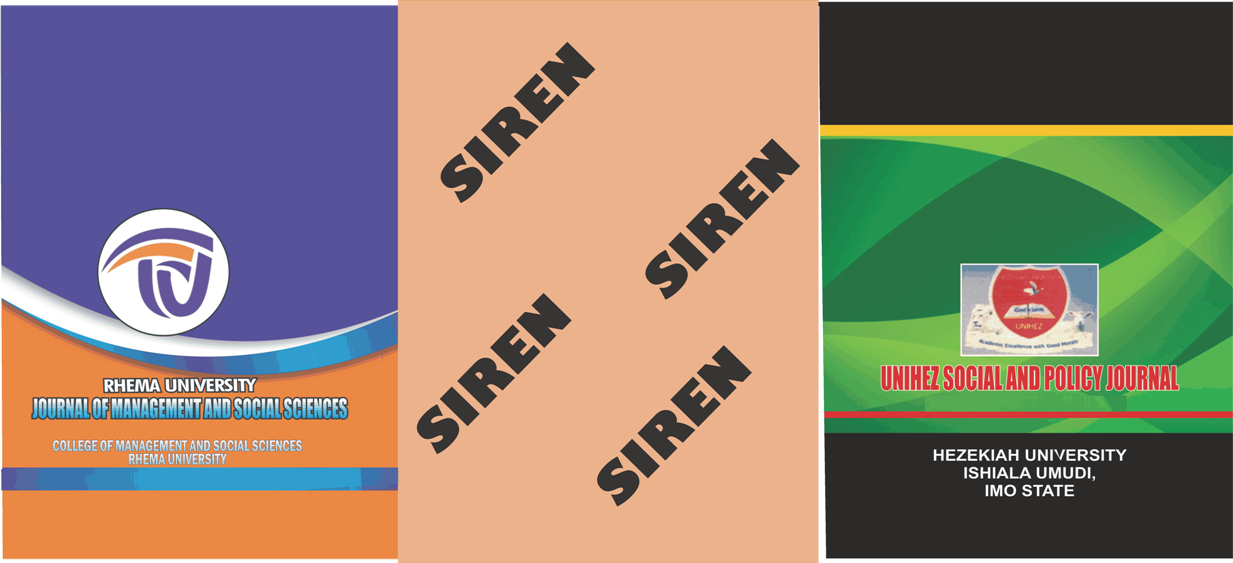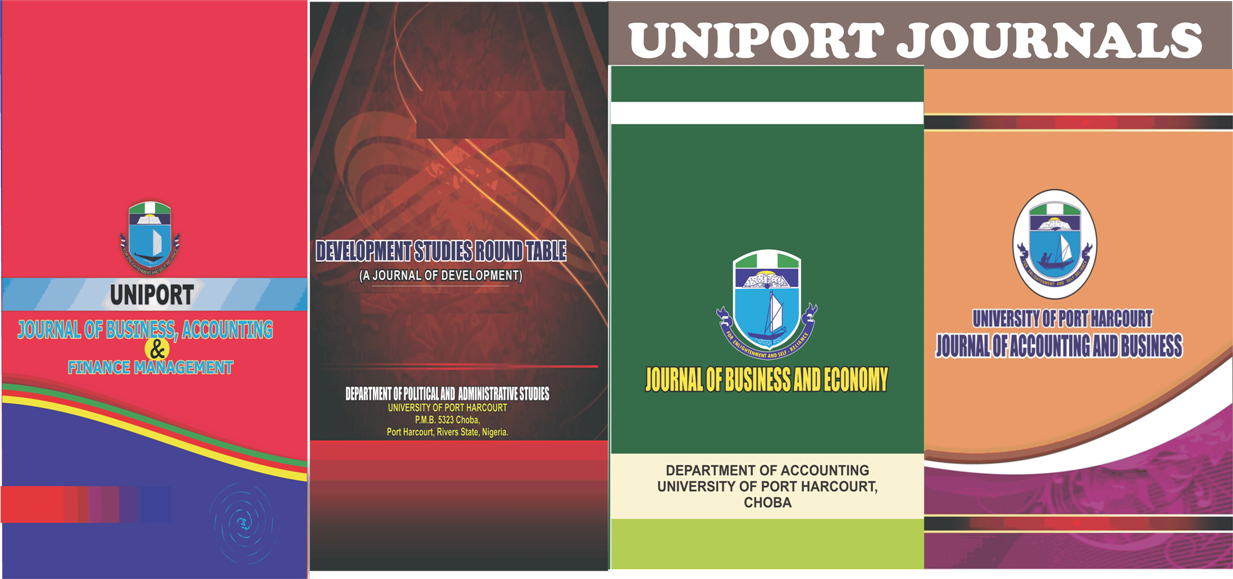2022 Archive
| 1 |
Title: NATURAL GAS OPERATIONS IN NIGERIA’S NIGER DELTA AN ENVIRONMENTAL AND THERMODYNAMIC EXAMINATION.pdf Author: Sinebe, Jude Ebieladoh, PhD. Abstract: Abstract This research focuses on flared oil field gaseous substances, its thermodynamic and hazardous effect in the Nigerian Niger Delta area. It examines the consequences of flue-gases in the area, the region subjection to too many sorts of contamination and deterioration rising from oil and natural gas extraction. These includes a decline in agricultural production, negative effect on freshwater, deformities in children, disorders in human complexion, pollution levels in the air, soil acidity, metal roof deteriorated, sulphates, nitrates, and dissolved solids as well as accompanying socio-economic concerns amongst others. Despite the fact that decree 99 prohibits unlawful flaring, almost 75% of the gas generated is being flared. There has not been much empirical study on the effects of gas flaring on the physical, chemical, biological, atmospheric, and social environment according to the report. It concludes that a thorough inquiry and evaluation of the consequences of gas flaring on the Niger Deltas multiple environmental sections is urgently needed, since this is a prerequisite for realizing the ideal of sustainable mineral extraction in the area. Data used was gathered throughout a nine-year period for this report (2010-2018) with production quantities, volumes of flared components, operational temperature, pressure, gas compositions, gas density, and flow rates as factors considered and reported. Analysis of combustion was carried out using the data, MATLAB computer codes and the basic thermodynamic equations to determine the quantity of flared gases. Analyses revealed that during the time period in question, an overall 1.99175 x 1011 gas volume in standard cubic feet was flared, resulting in anthropogenic 582,319,618.1826m3 (1.046 Mt) CO2 emissions, 1,077,510,054.32m3 (2.0 Mt) water vapour emissions, including 14,960,560.91m3 methane emissions and contamination to the area therefore posing serious environmental worries. More analysis revealed that the estimated adiabatic flame temperature for the field under examination was around 1965oC. Exergy investigations found that there was an overall 3.6099 x 1013 kJ (36.099 TJ) of exergy accessible, equating to 1.0189 x 1010 kWh of electrical power for the duration under examination. Finally, carbon capture technology could be improved, but given the huge quantity of carbon (IV) oxide and other gaseous compounds represented in the data, the best choice is to flare out. The entire project and its findings demonstrated suchlike, because of its thermal, environmental, and economic consequences; flue gas is undesired and damaging. Also to minimize gas flaring, every new project ought to include practical specifics for gas collection plus usage plans throughout the engineering design stage up to product commercialization, and as well as construction of many gas plants to convert the gas to electrical power and other commercial use. Keywords: Carbon (IV) oxide, exergy, combustion, adiabatic flame temperature, gas flaring. View |





